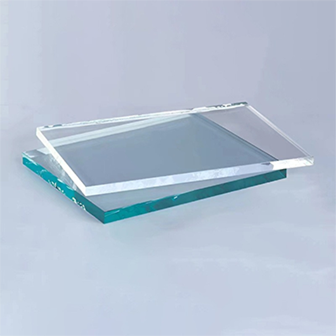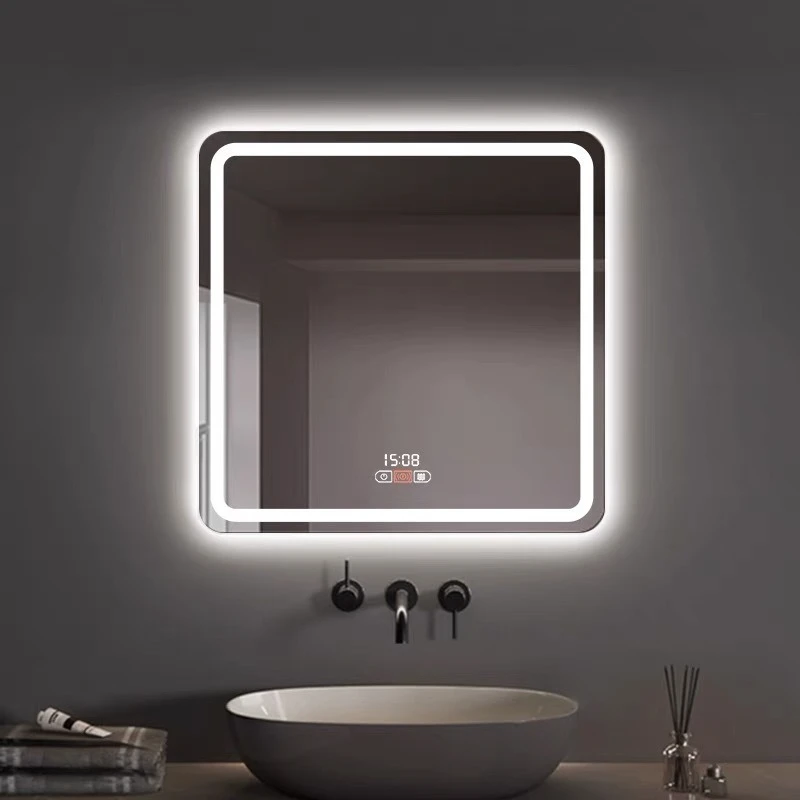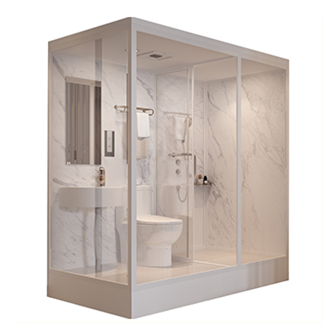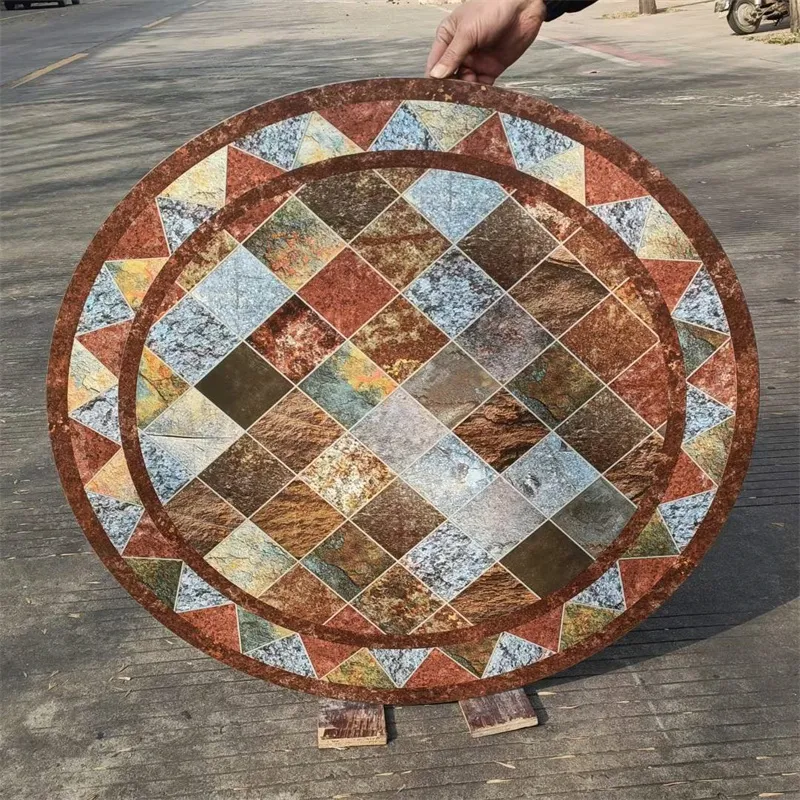Sep . 22, 2024 14:11 Back to list
types of tinted window glass
Types of Tinted Window Glass
Tinted window glass has become increasingly popular in both residential and commercial applications due to its aesthetic appeal and practical benefits. Various types of tinted glass provide different levels of privacy, heat rejection, and UV protection. Understanding the types of tinted window glass available can help homeowners and businesses make informed choices that suit their needs.
One of the most common types of tinted window glass is dyed glass. This type involves adding a colorant during the manufacturing process, resulting in a uniform tint. Dyed window glass effectively reduces glare and blocks harmful UV rays, thus protecting indoor furniture and flooring from fading. However, its fading over time and slightly reduced visibility may be drawbacks for some consumers.
Another popular option is reflective glass, known for its mirrored appearance. Reflective tints are typically achieved by applying a metallic coating to the glass surface. This type not only enhances privacy during the day but also helps in keeping indoor temperatures stable by reflecting sunlight away. However, its effectiveness may diminish at night when the interior lighting is brighter than the outside, leading to potential visibility into the space.
types of tinted window glass

Ceramic tinted glass is a newer innovation that offers a balance between aesthetics and performance. Unlike dyed glass, it uses ceramic particles to create a long-lasting tint that won’t fade over time. Ceramic window films provide excellent heat rejection and UV protection while allowing clear visibility. This makes them an excellent choice for those looking for durability and performance without compromising on style.
Laminated tinted glass is another option, made by sandwiching a layer of tinted film between two sheets of glass. This type provides added safety since if the glass shatters, the fragments are held together by the interlayer, reducing the risk of injury. Laminated tinted glass also enhances sound insulation, making it ideal for noisy environments.
In conclusion, the type of tinted window glass one chooses can significantly impact comfort, safety, and energy efficiency. Whether opting for dyed, reflective, ceramic, or laminated glass, understanding the features and benefits of each type is essential for making the right decision. With the right selection, tinted window glass can improve both the functionality and aesthetic value of any space.
-
Safety and Style with Premium Laminated Glass Solutions
NewsJun.24,2025
-
Reinvents Security with Premium Wired Glass
NewsJun.24,2025
-
Premium Float Glass Line for Modern Architecture
NewsJun.24,2025
-
Low Emissivity Glass for Energy-Efficient Architecture
NewsJun.24,2025
-
High-Performance Insulated Glass Solutions for Modern Architecture
NewsJun.24,2025
-
Elevates Interior Style with Premium Silver Mirror
NewsJun.24,2025
Related PRODUCTS














